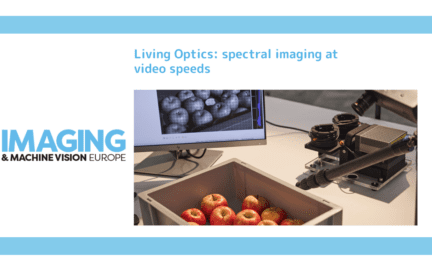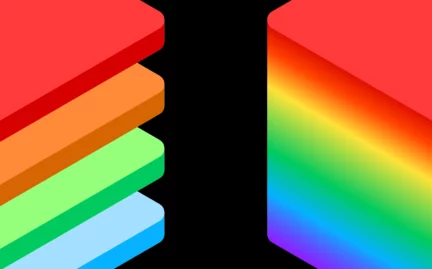Hyperspectral imaging (HSI) views the world in more detail, moving beyond the limitations of human vision or traditional photography by simultaneously combining spectral and spatial information.
Receptors in the eye detect red, green, and blue (RGB) light. The signal from these three receptors is combined to produce the colours we see every day. Traditional cameras use filters to replicate how the human eye works, also measuring light in only three colours (RGB) or channels.
HSI is a technology that expands the number of channels while maintaining the 2D spatial information of an image. That means each pixel has 30+ channels rather than a simple RGB value. With so many more channels, HSI allows us to view individual spectra of light for each pixel, revealing much more about the world than just colour.
When you hear “high-resolution image” or “high-resolution display”, you probably think of a high pixel-density photo or television screen/monitor. Packing more pixels into a smaller space gives a clearer, crisper image, allowing us to see smaller details.
You can also think of HSI as being high resolution, except rather than having high spatial resolution, it has a higher spectral resolution, letting you see hidden details in the light hitting each pixel. These details reveal spectral signatures, opening the door to a wide range of use cases identifying materials, revealing objects, and detecting chemical processes.
However, it is important to note that many of these use cases rely not only on higher spectral resolution but also on extending the range of the spectrum. HSI isn’t limited to the three channels of the human eye, and Visible Near-Infra-Red (VIS-NIR) HSI isn’t limited to the spectrum of light the human eye can detect.
The light just beyond what we can see
Visible light makes up only a small fraction of the observable light in the universe. Light is an electromagnetic wave, and it is measured by its wavelength. The entire electromagnetic spectrum spans from radio waves (measuring up to thousands of metres) to gamma rays (down to one-hundredth of a nanometre or 0.01 x 10-9 metres).
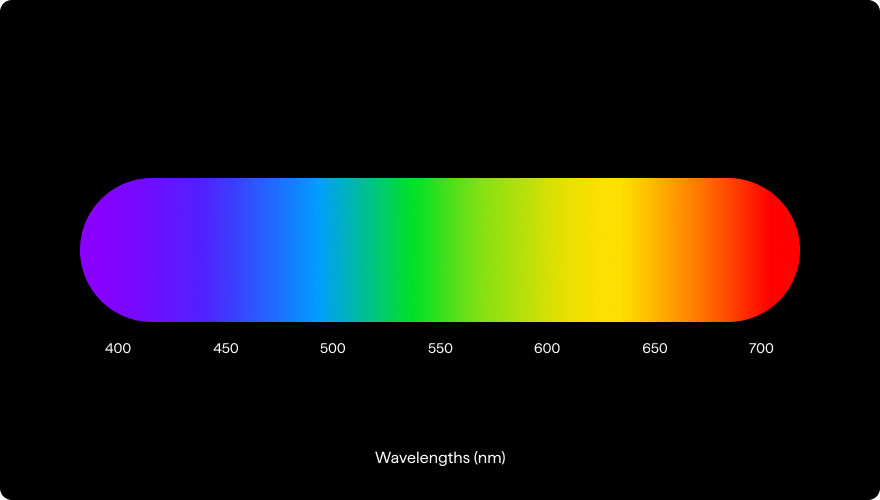
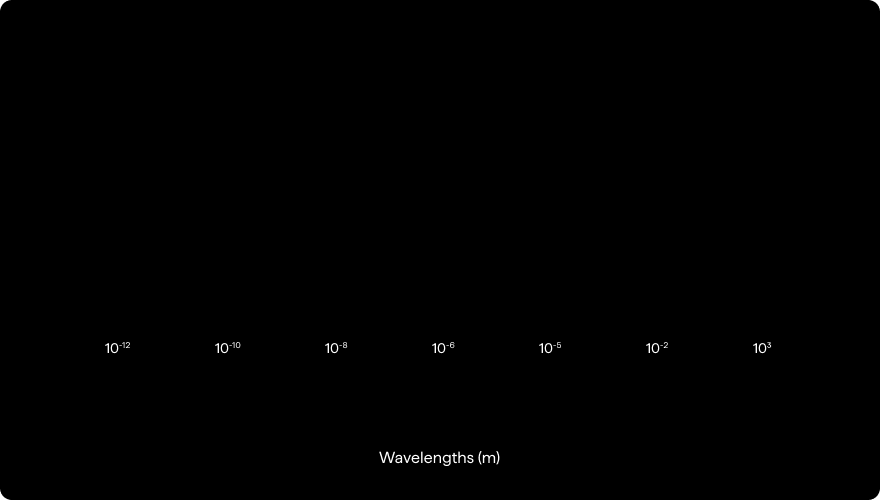
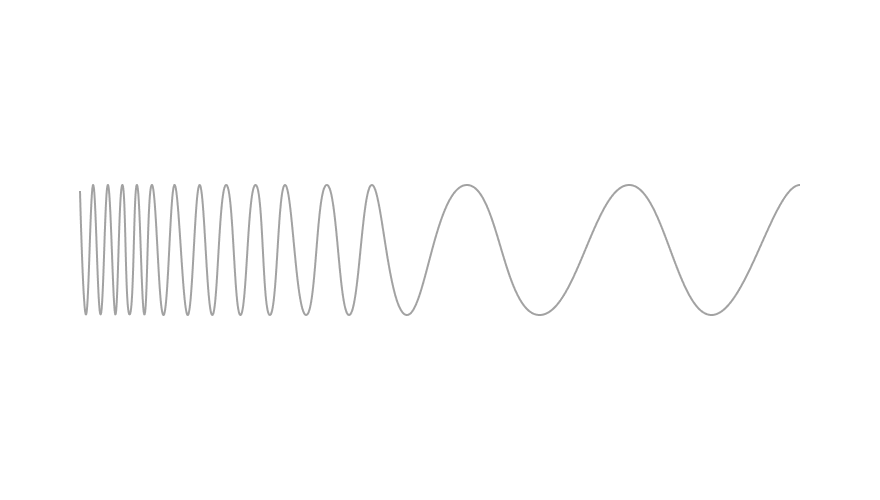
* Diagram of the electromagnetic spectrum
Consider the massive range of wavelengths that make up the electromagnetic spectrum. The longest radio waves have a wavelength roughly 1014 (1 followed by 14 zeros) times larger than the shortest wavelength gamma rays. Within the entire electromagnetic spectrum, the human eye can only detect a small region between roughly 400nm and 700nm.
Infrared (IR) light, or IR radiation, is the much larger region just beyond the visible spectrum at wavelengths above 700nm (red light). It is often talked about in relation to heat, as most of the radiation (electromagnetic waves) emitted by objects near room temperature is within the IR spectrum.
Many applications use IR radiation, from night vision goggles and remote controls to meteorology, tracking cloud height and measuring surface temperatures to inform forecasts. Another technology that makes use of IR radiation and its properties is VIS-NIR hyperspectral imaging.
What can visible near-infrared hyperspectral imaging see?
VIS-NIR (sometimes called VNIR) HSI extends the spectral range to include both the visible band (400-700nm) and the near-infrared (700-950nm) band. The additional data from the IR spectral range offers critical information for identifying chemical substances.
Without getting lost in quantum mechanics, IR radiation is emitted and absorbed by molecules changing rotational-vibrational movements. Think of the interaction as altering the way the atoms in a molecule vibrate and rotate around their chemical bonds.
VIS-NIR HSI uses the fact that the wavelength of near-infrared light absorbed by a substance depends on its molecular structure. Therefore, visible near-infrared spectroscopy allows us to detect significantly more spectral signatures in the reflected light to learn about a substance’s chemical composition. In particular, the technique is well suited to identifying organic compounds and some minerals.
Using VIS-NIR hyperspectral imaging to broaden the spectral range expands the scope of what we can see and increases the technology’s accuracy. VIS-NIR HSI is critical for identifying a wider range of materials and analysing the chemical properties of different substances.
It combines the spectral data of visible near-infrared spectroscopy with the spatial information of imaging, outputting a 2D array of spectra (from 400 to 950nm) revealing a wealth of information just beyond what the human eye can see.
VIS-NIR HSI is another way in which computer vision can extend beyond human vision. Detectors are much better at observing light than the human eye, and there is no reason to restrict ourselves to the tiny spectrum our biology has evolved to respond to. Even extending just past the visible spectrum to the near-infrared enables a range of fascinating applications.
Applications of Visible Near-Infrared Hyperspectral Imaging
Tracking NDVI
Normalised difference vegetation index (NDVI) is a commonly used agricultural metric often measured using VIS-NIR HSI. NDVI quantifies the health of vegetation by comparing spectral data at red and infrared wavelengths.
Healthy green plants strongly absorb solar radiation in the visible spectrum (400-700nm), converting this light into energy through the process of photosynthesis. Leaf cells re-emit solar radiation in the near-infrared spectrum, as it is not high enough energy for the photosynthesis process. Therefore, by observing the relative abundance of reflected visible light compared to near-infrared light, it is possible to measure the health of vegetation.
NDVI is a ratio of reflectance measurement that compares the visible and near-infrared bands. With NDVI, it is possible to quickly identify locations with vegetation stress and areas with healthy plants.
Fruit ripeness assessments
VIS-NIR HSI offers a non-destructive, portable method of assessing fruit ripeness. Finding the optimal time for harvesting fruit reduces waste at a time when food security and sustainable food production are growing concerns.
Light can either be absorbed, scattered, or re-emitted. The probability of each process occurring depends on the physical and chemical properties of the substance. For fruit, measuring the reflected light across the visible and near-infrared bands offers a non-destructive and fast measurement of quality metrics related to ripeness.
Uncovering hidden features in rock art
Using VIS-NIR HSI allows archaeologists to uncover previously hidden archaeological features present in rock art. By imaging the art in detail across both the visible and near-infrared bands, it is possible to see new figures invisible to the naked eye or even figures covered by weathering products.
Additionally, using the technique to classify pigments, archaeologists can isolate different paintings and group figures based on their composition.
Measuring oxygen levels
One of the most significant healthcare applications for VIS-NIR HSI is measuring oxygen saturation levels for diagnostics and therapeutic assessment. Blood oxygen levels are typically determined using pulse oximeters attached to a translucent part of the body (fingertip, earlobe, etc.).
Pulse oximeters use two light-emitting diodes (LEDs), one red (660nm) and one infrared (940nm). The absorption properties of blood at these two wavelengths are dramatically different when it is loaded with oxygen compared to when it is not. Oxygenated blood absorbs infrared light, letting more red light pass through.
However, pulse oximeters only offer an estimate of the average blood oxygenation across the whole body. It does not provide localised information on blood oxygen levels. VIS-NIR HSI has the potential to measure reflectance spectra from localised parts of the body at different wavelengths across the visible and near-infrared bands to determine blood oxygen levels.
Visible Near-Infrared Hyperspectral Imaging – Seeing more than meets the eye in more ways than one
VIS-NIR hyperspectral imaging moves beyond simple RGB imaging and beyond red light to see into the near-infrared. Imaging the world in visible and near-infrared at high spectral resolution uncovers a wealth of information for identifying materials, revealing objects, and detecting chemical processes.
VIS-NIR HSI has already found a range of use cases across a number of industries. The Living Optics camera promises to help developers find a lot more. Get in touch today to learn more about our VIS-NIR hyperspectral camera.

